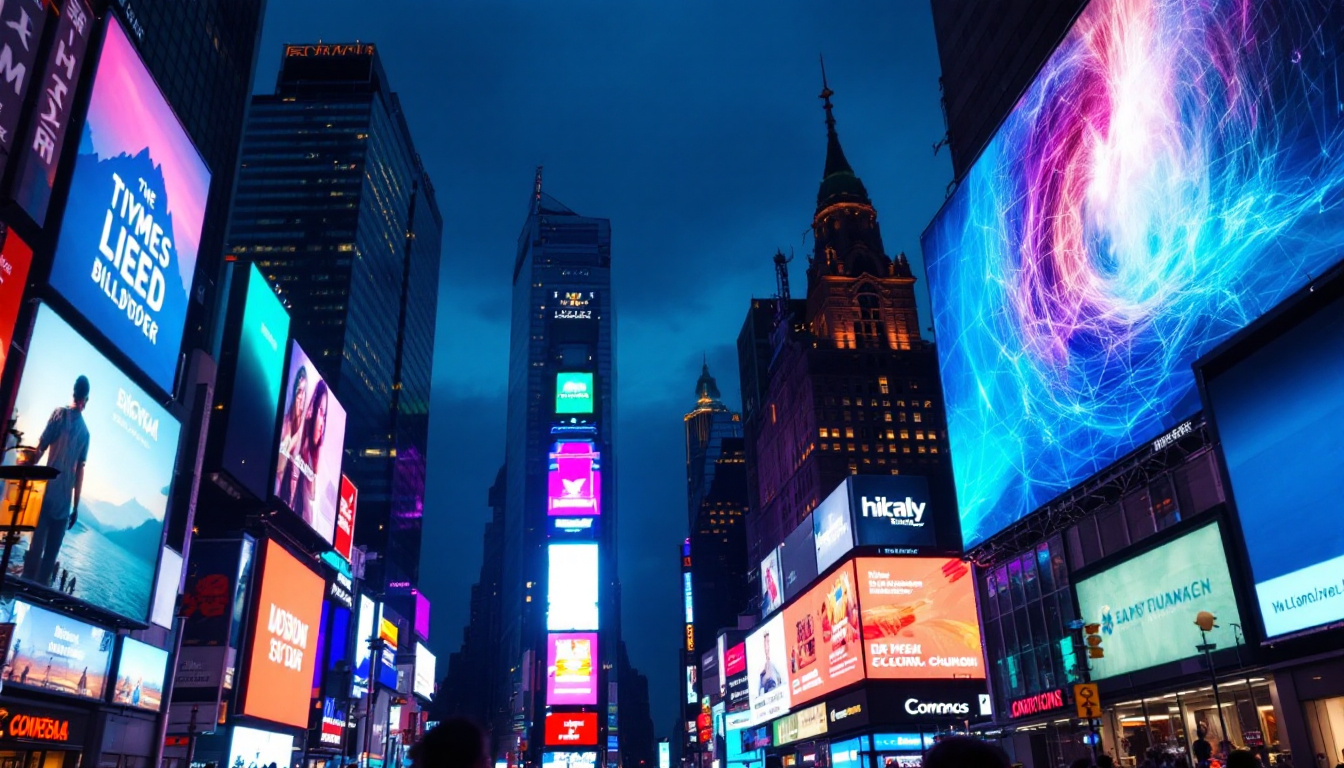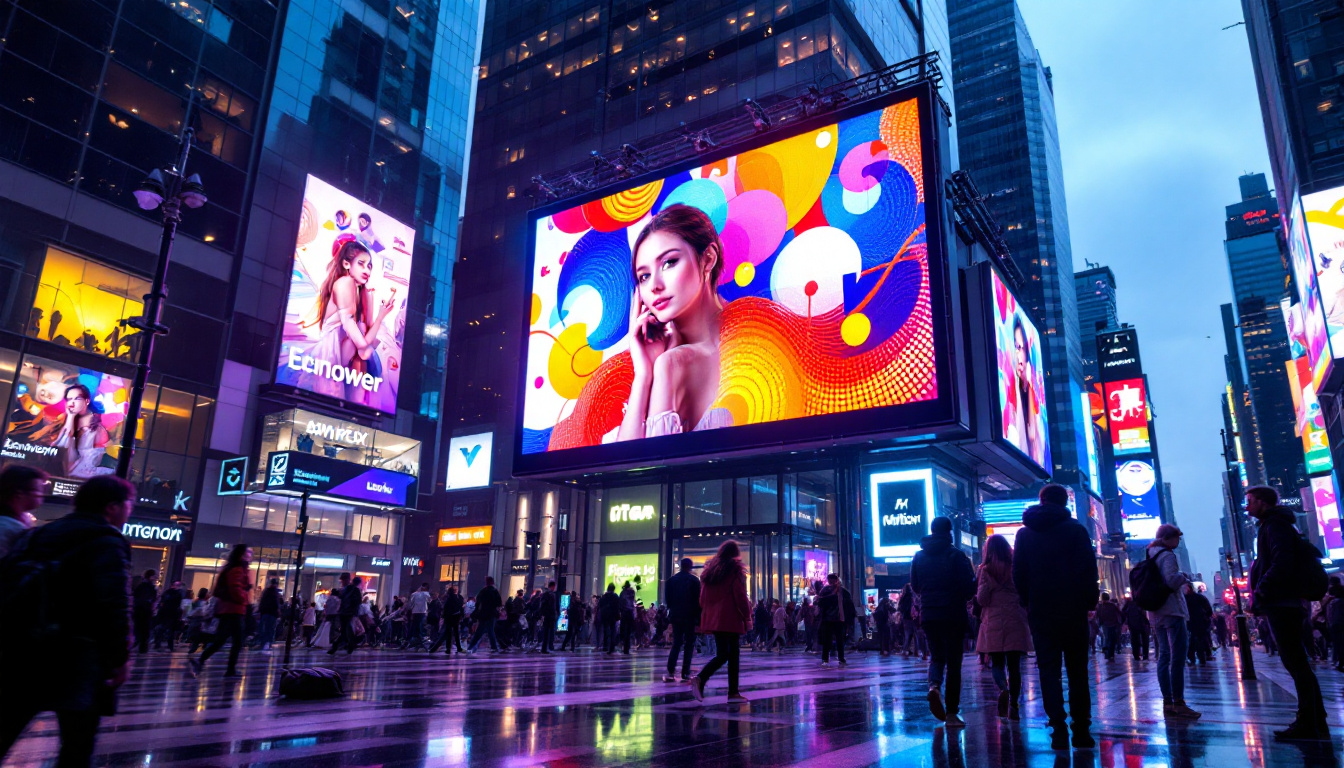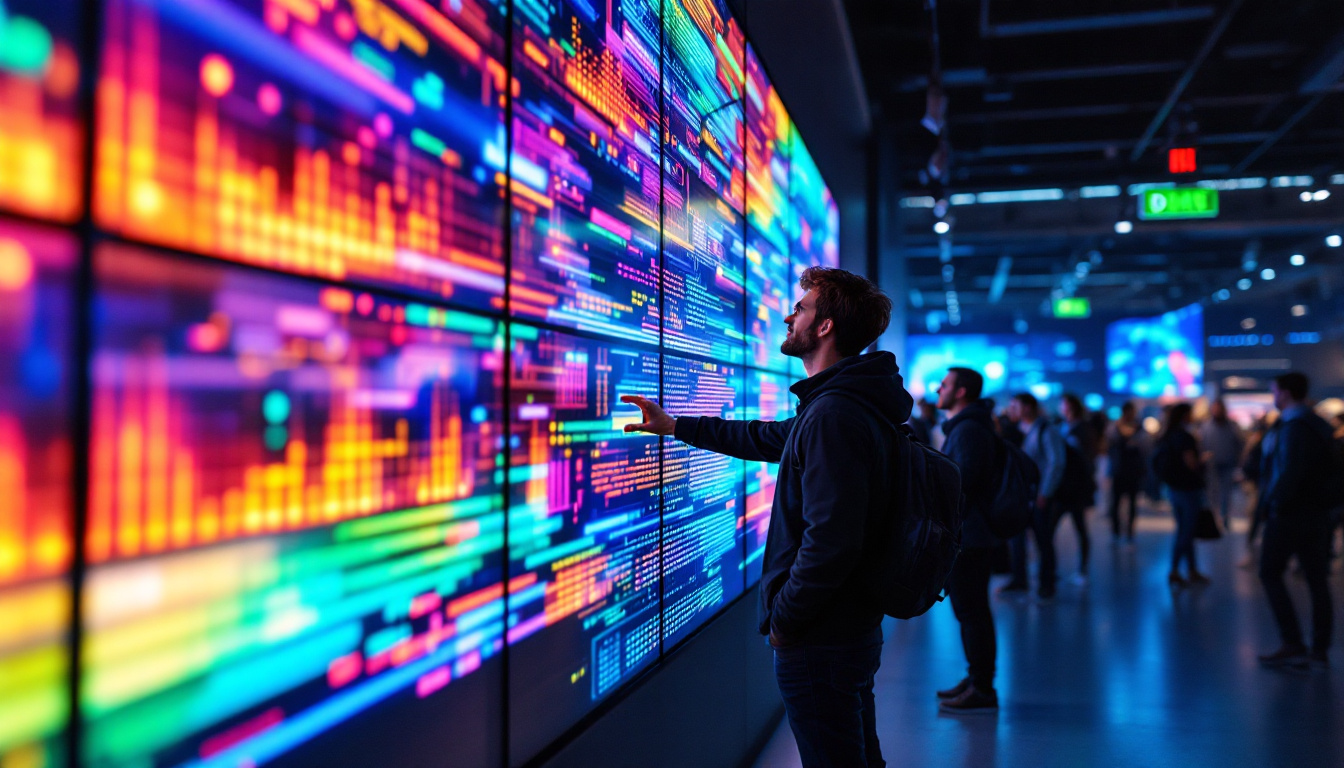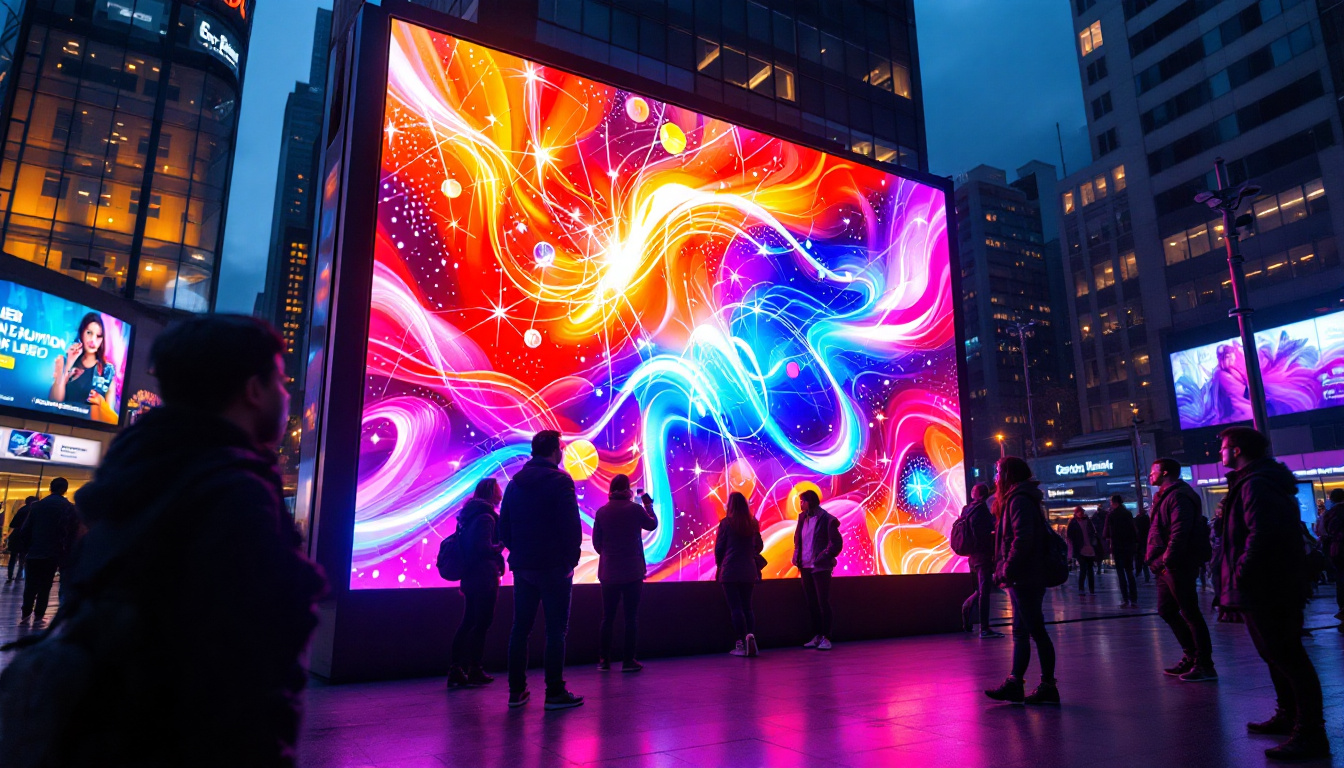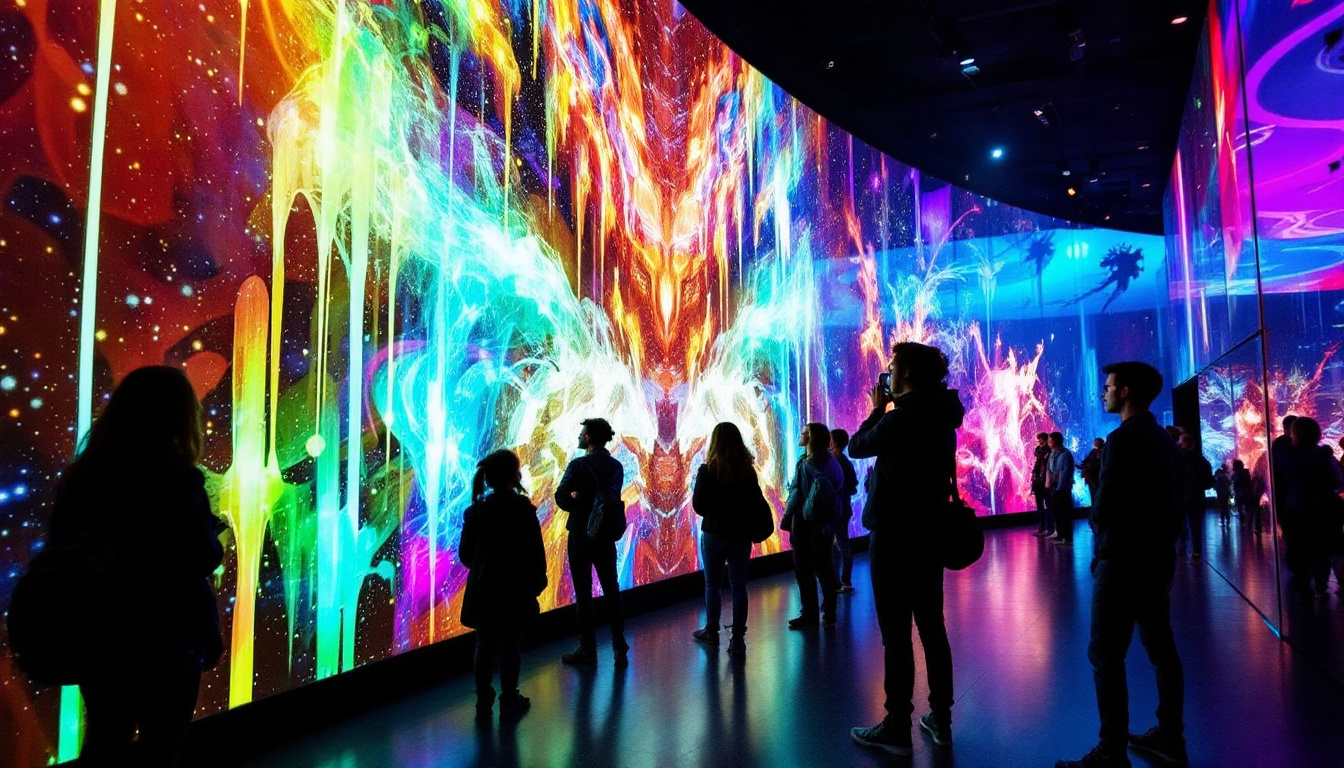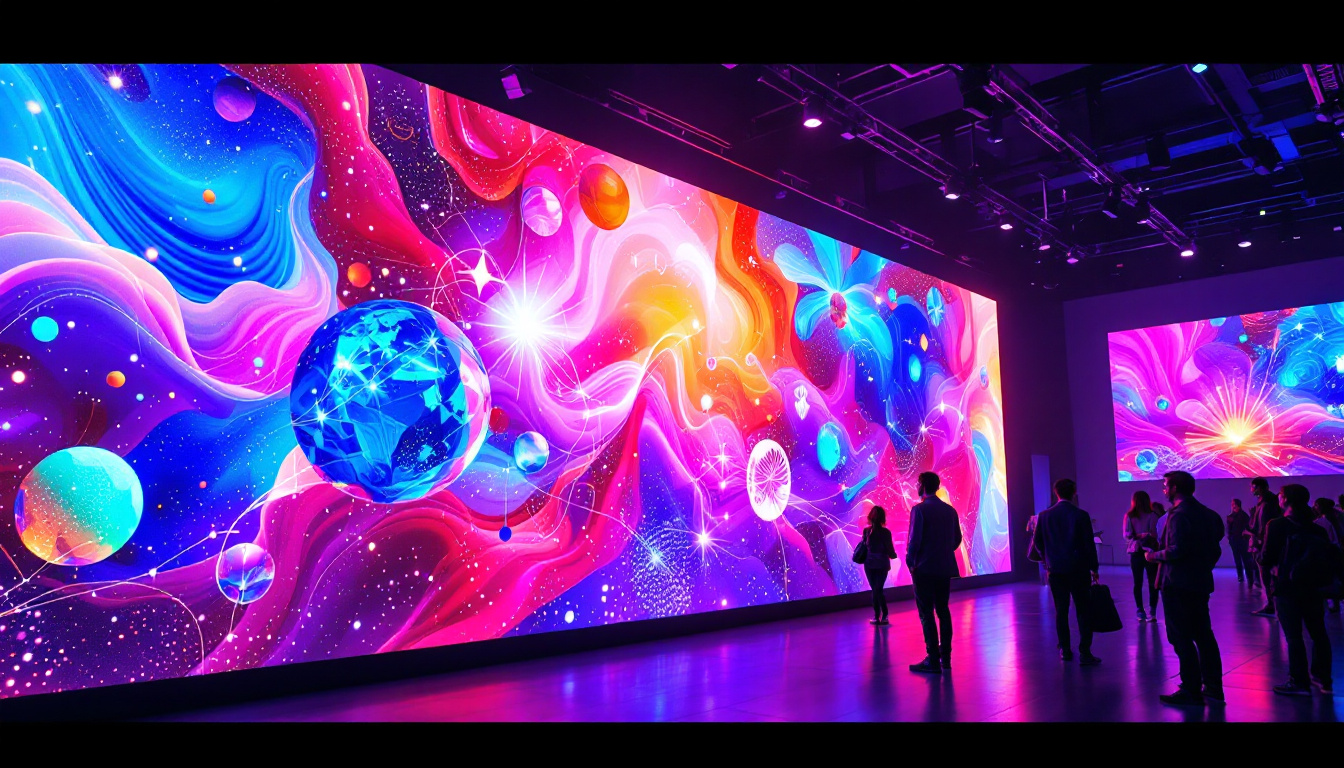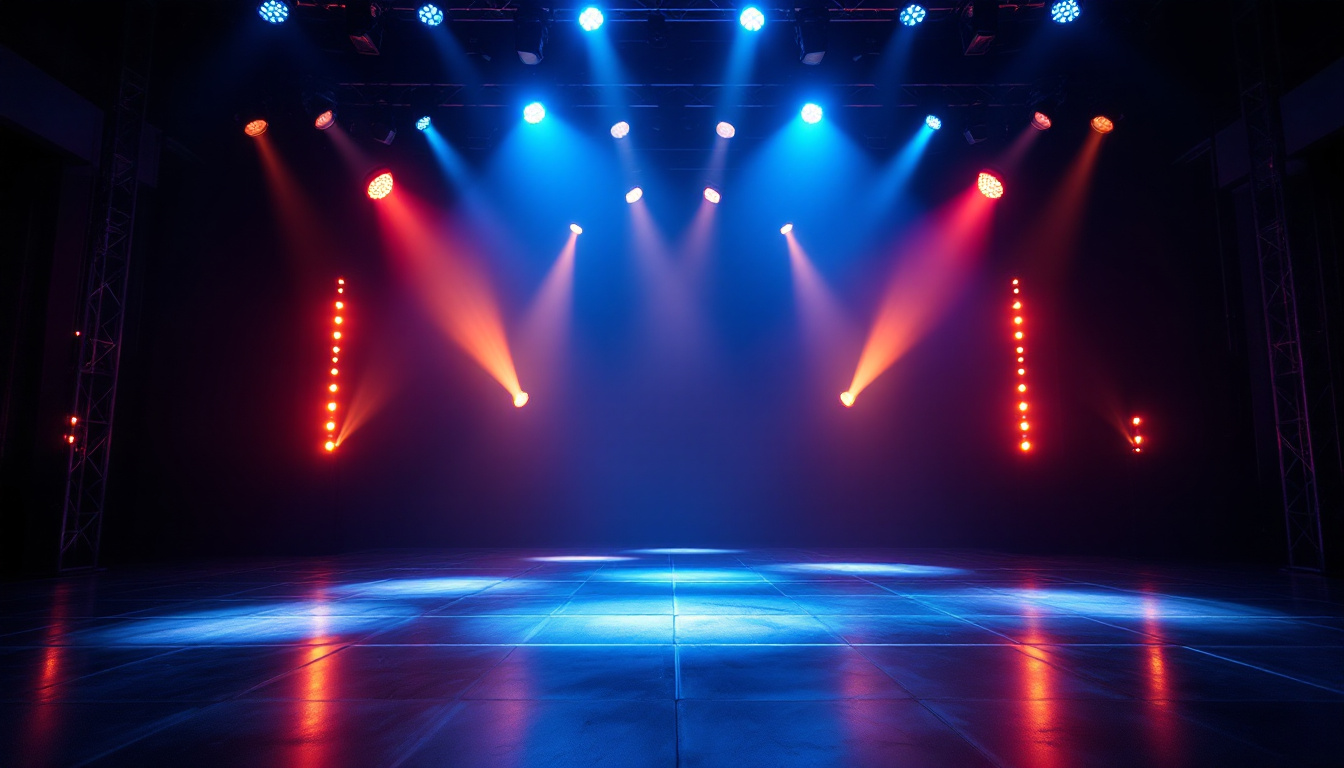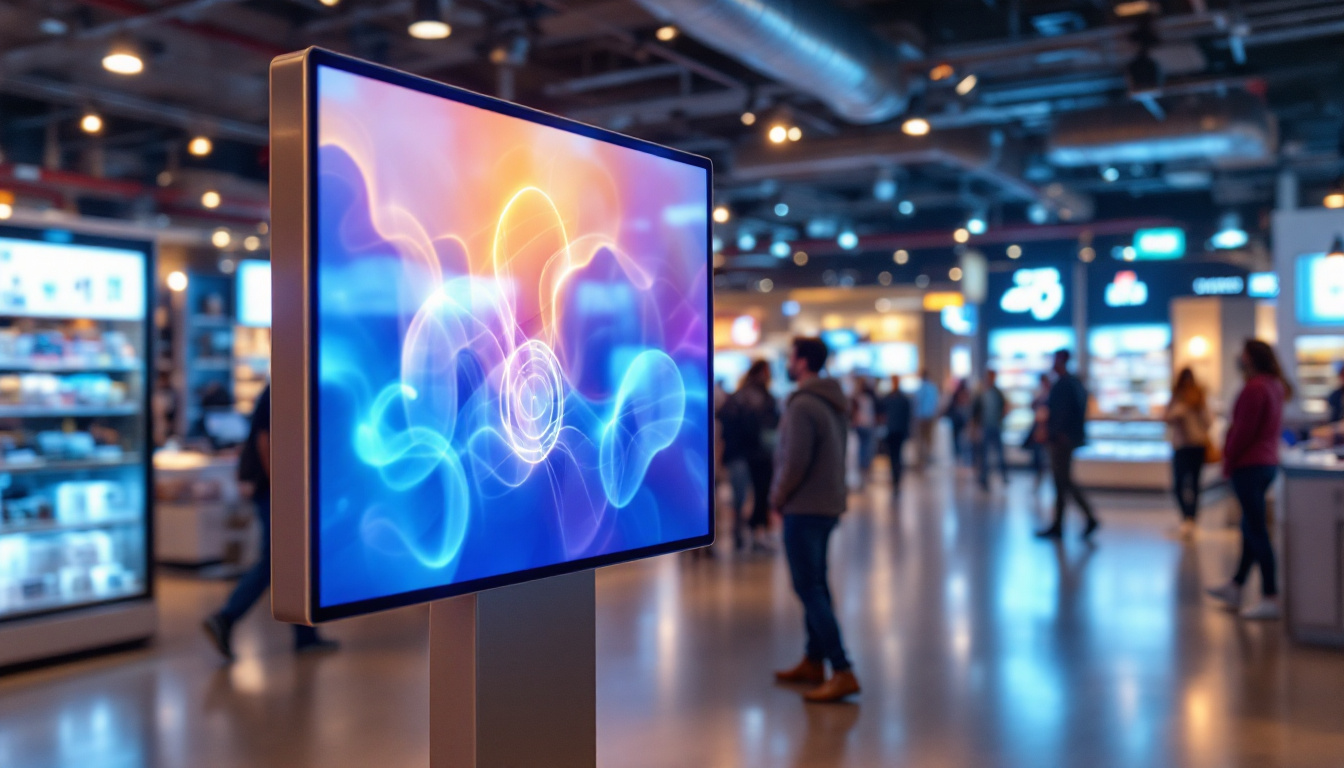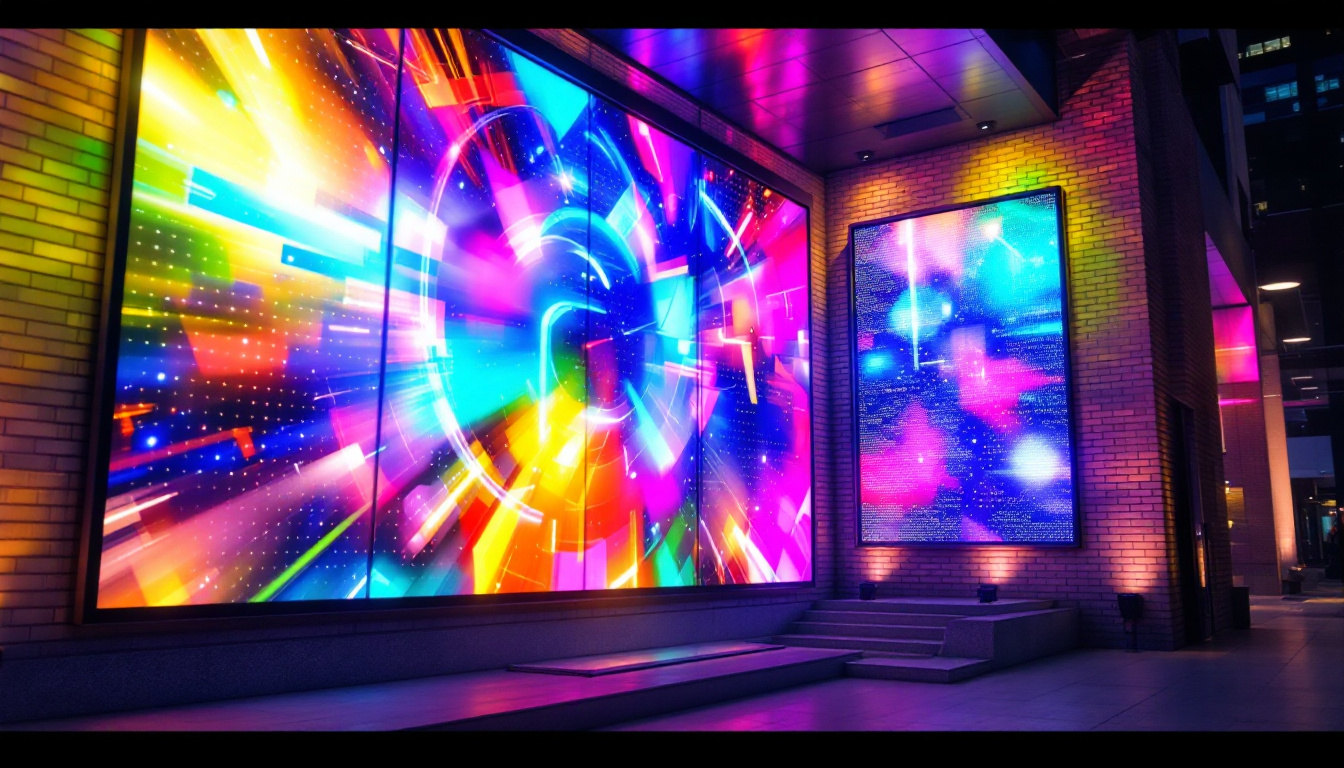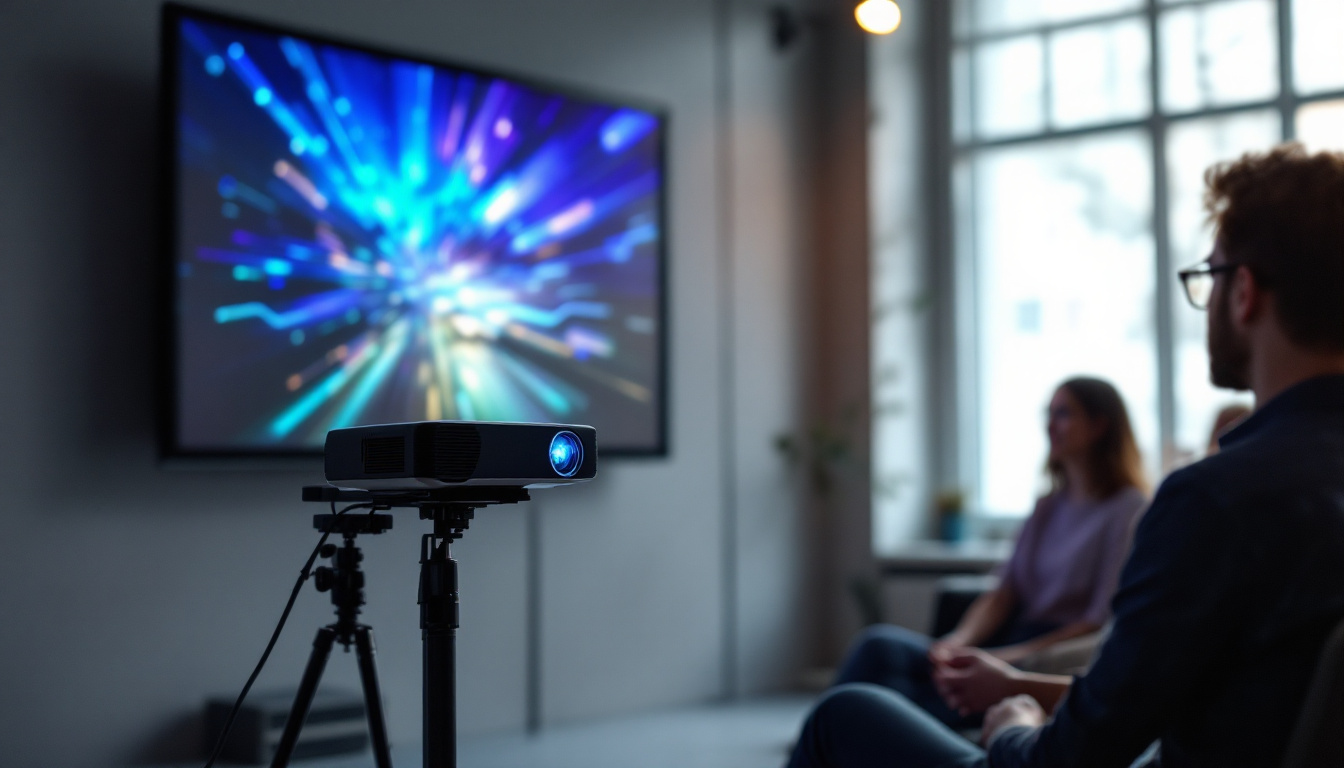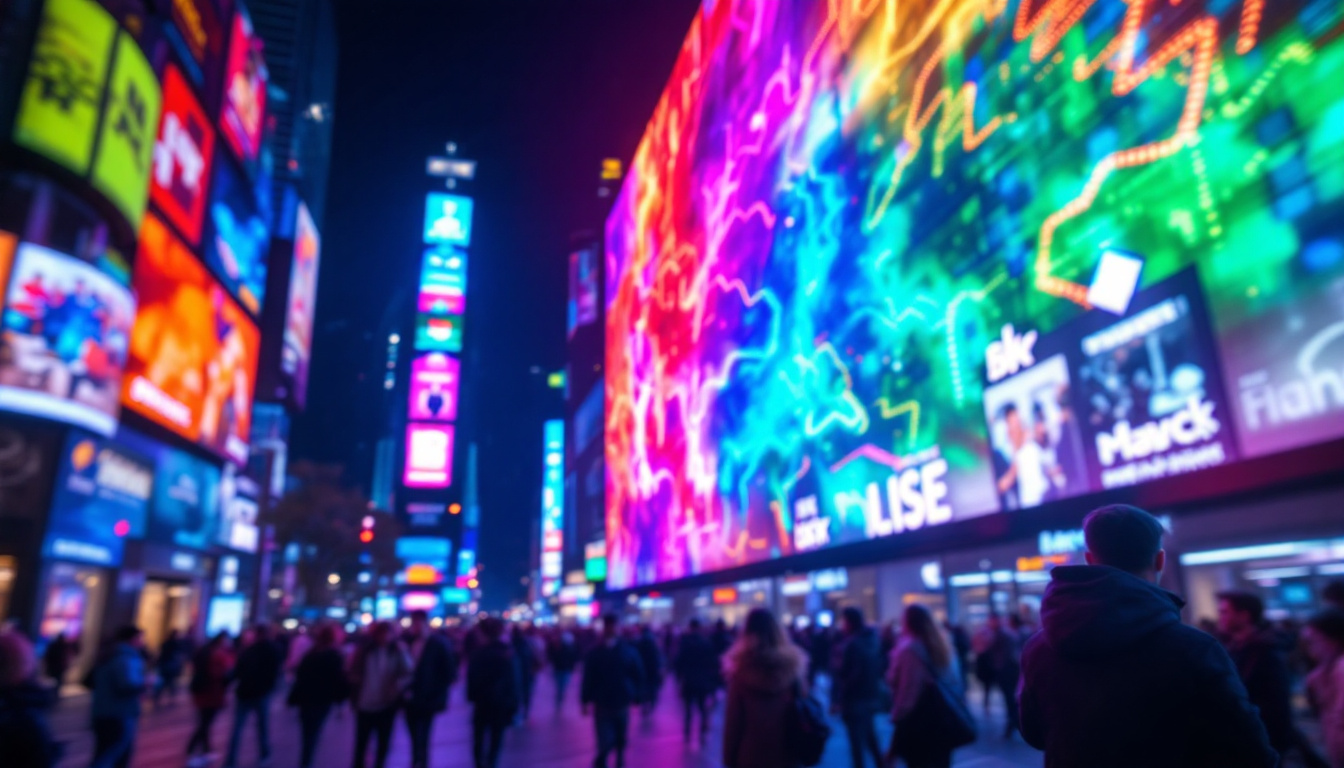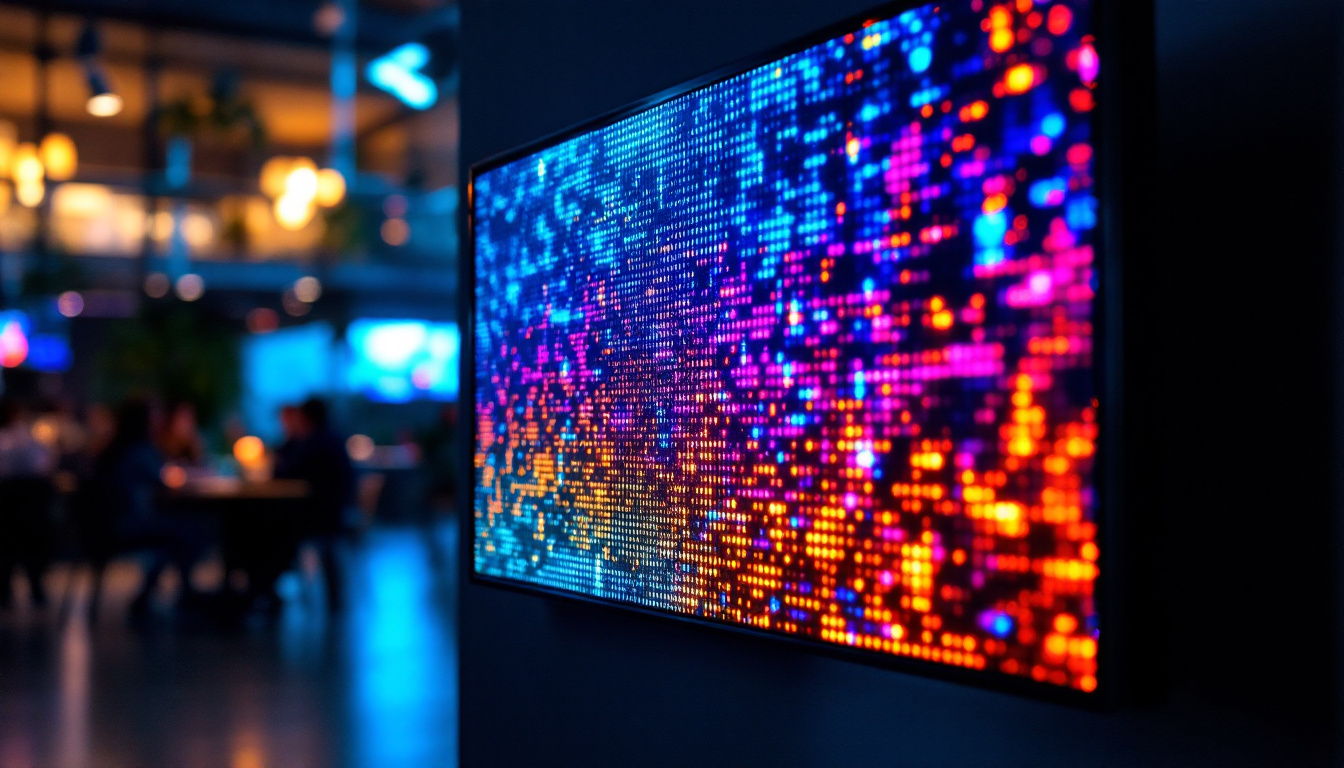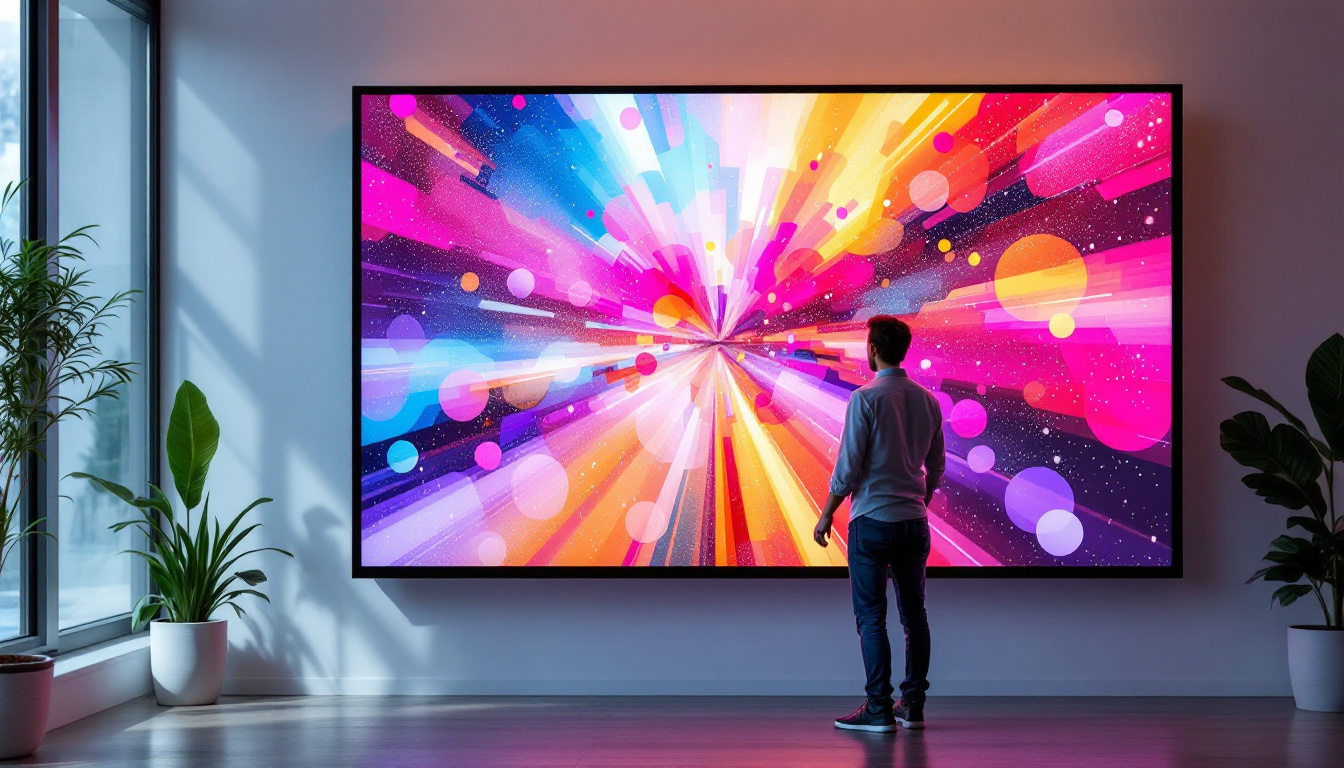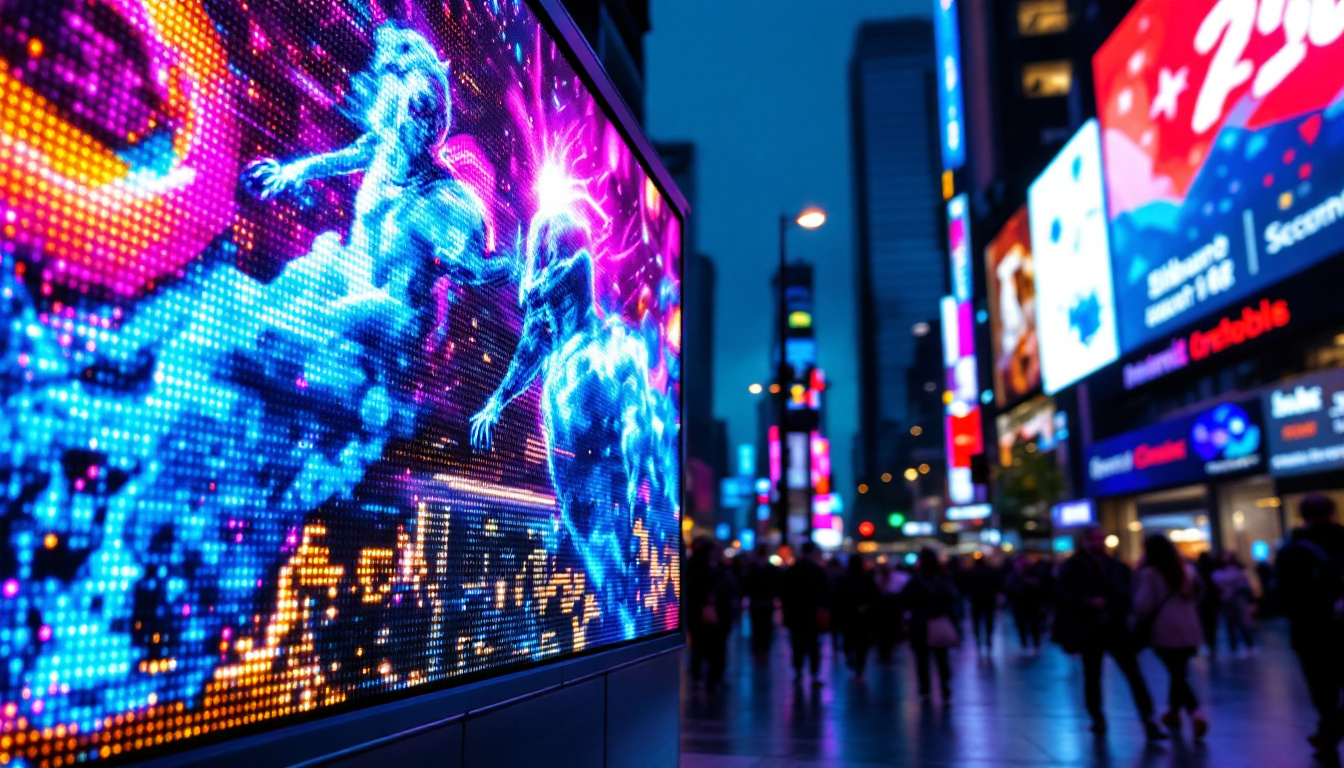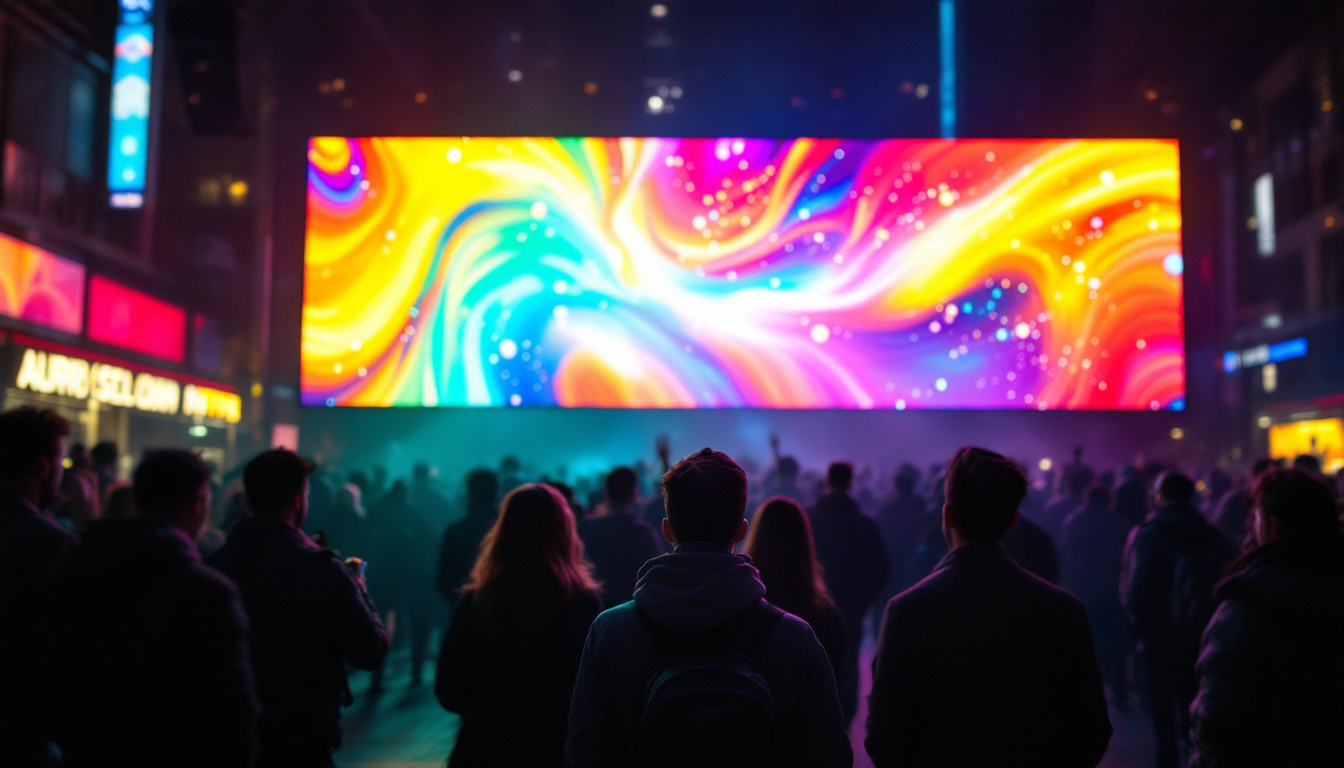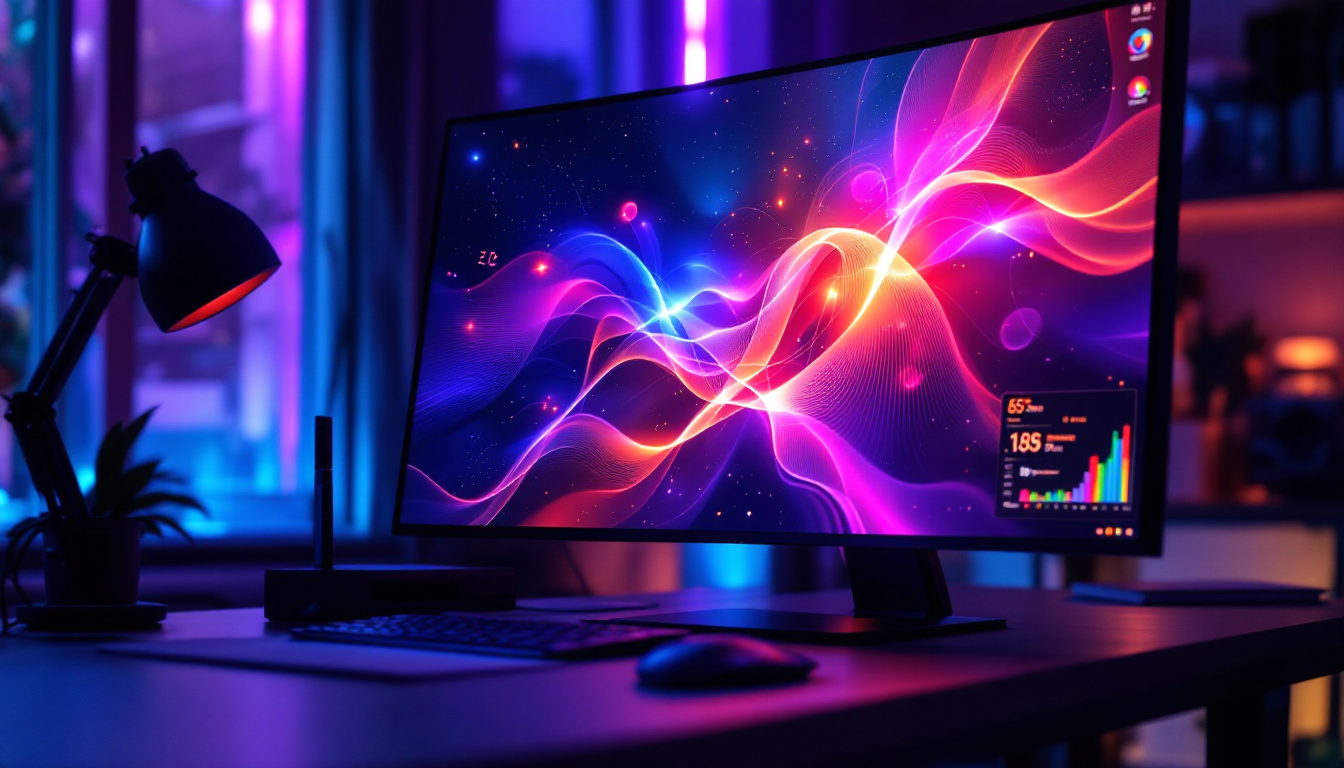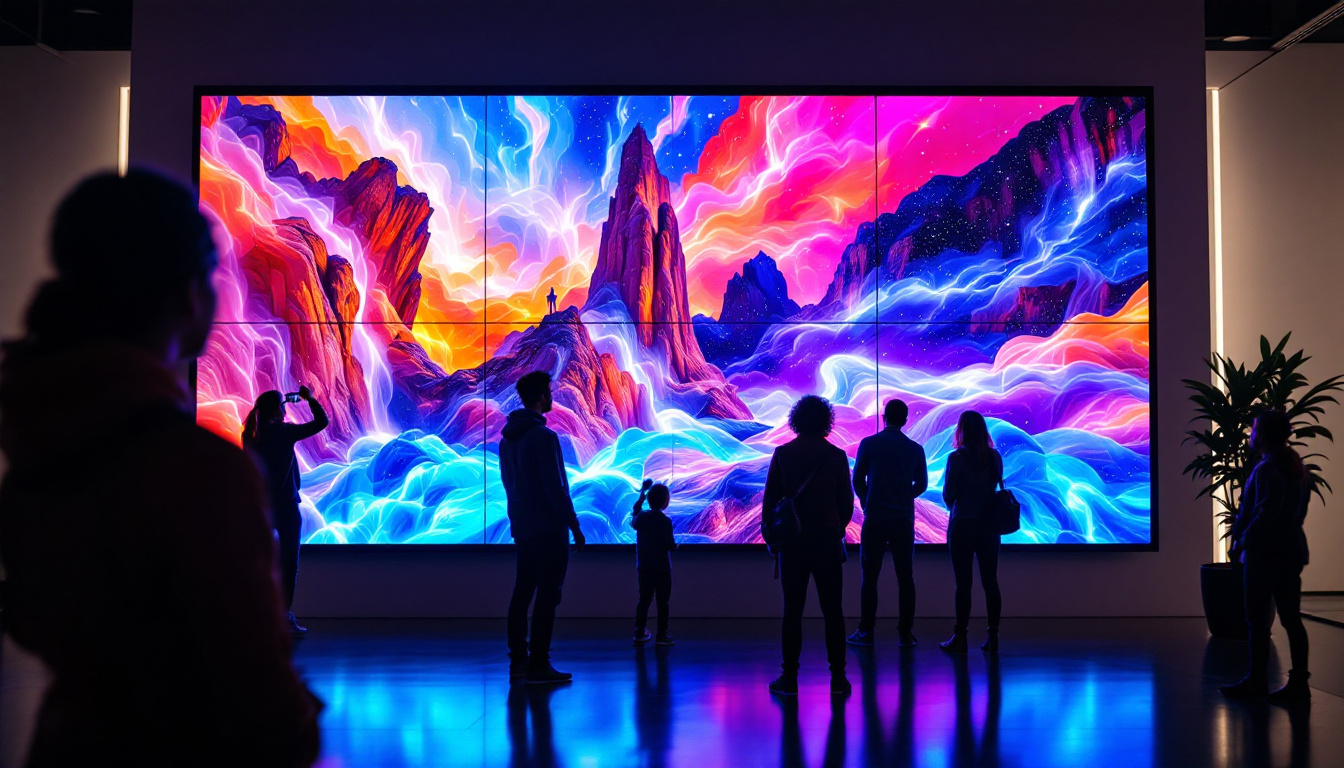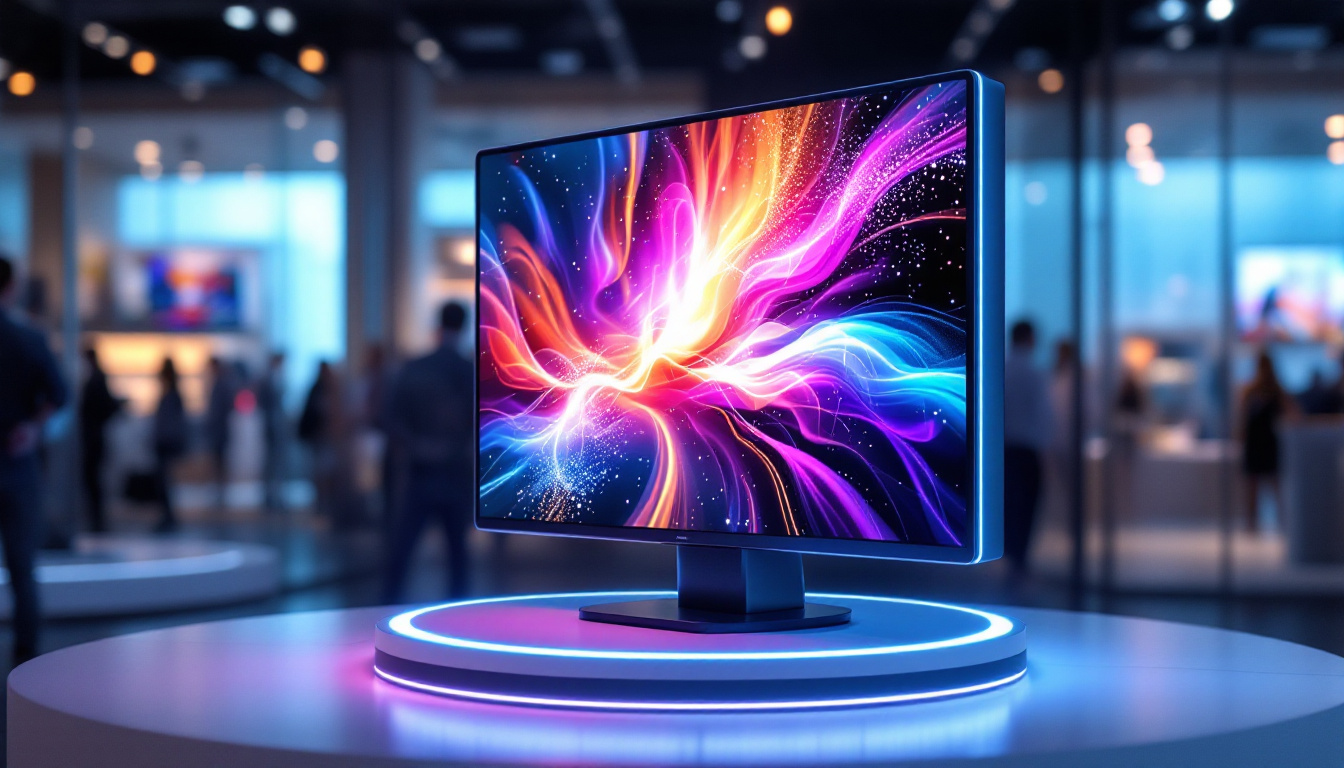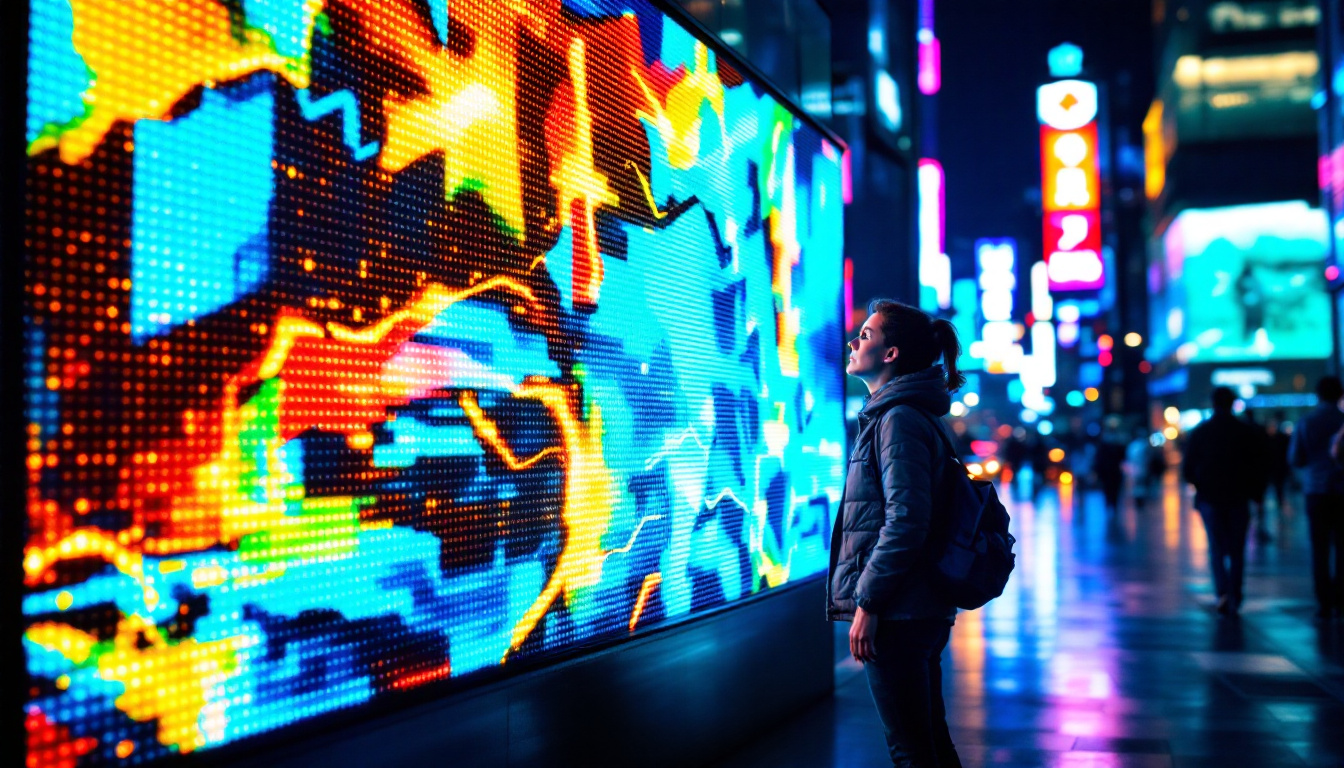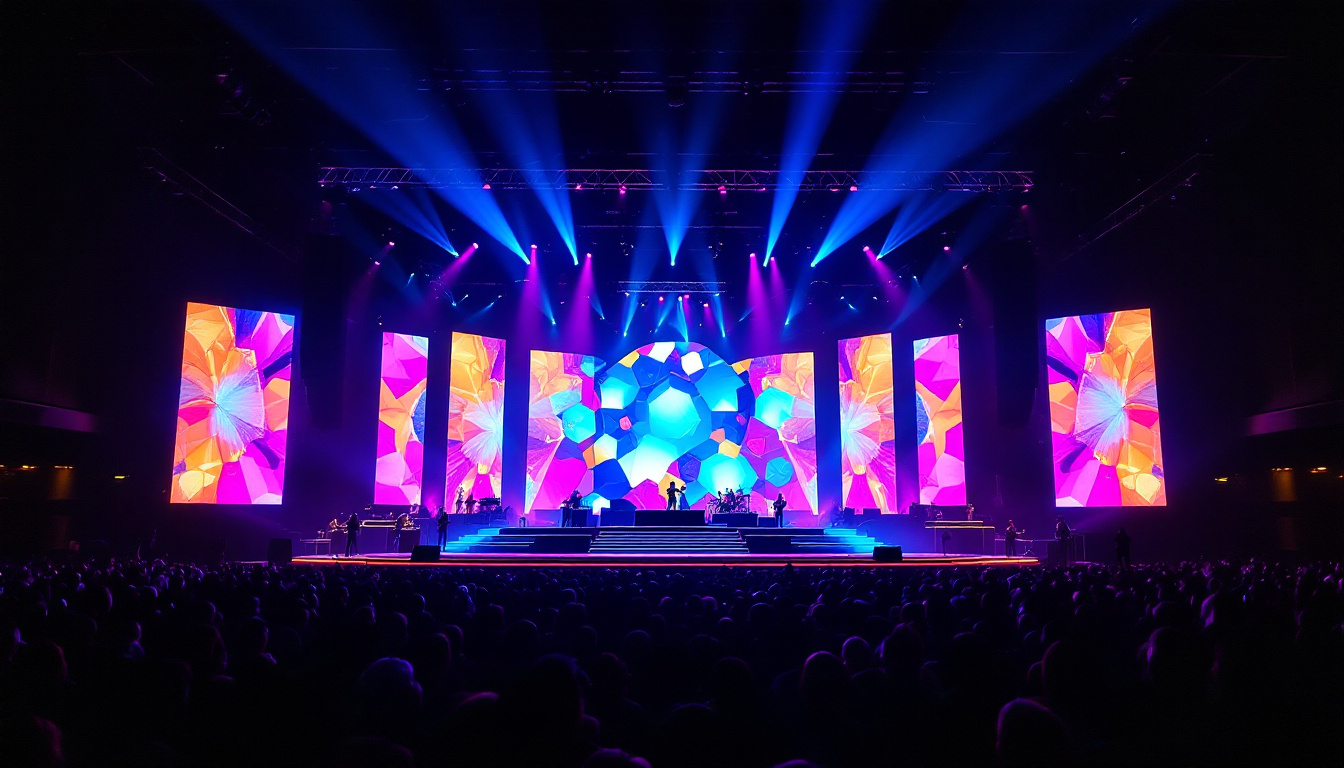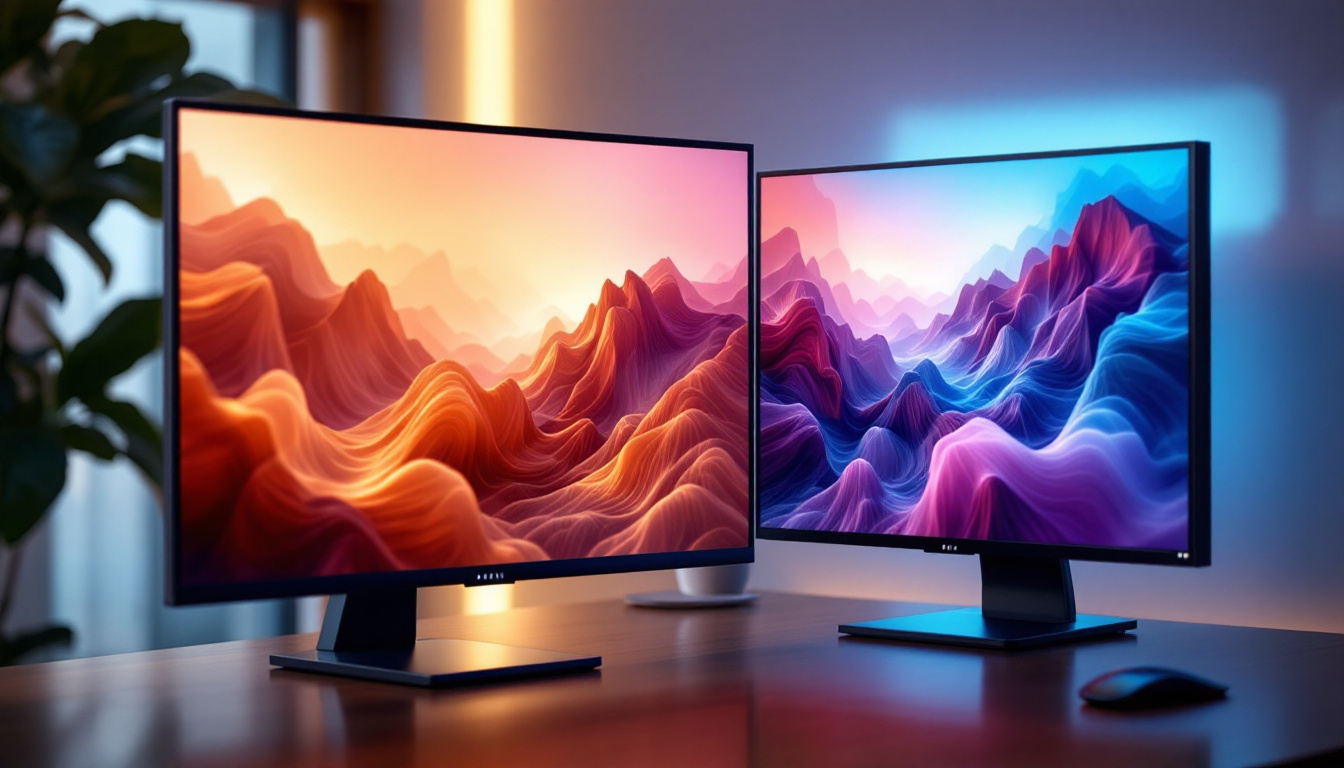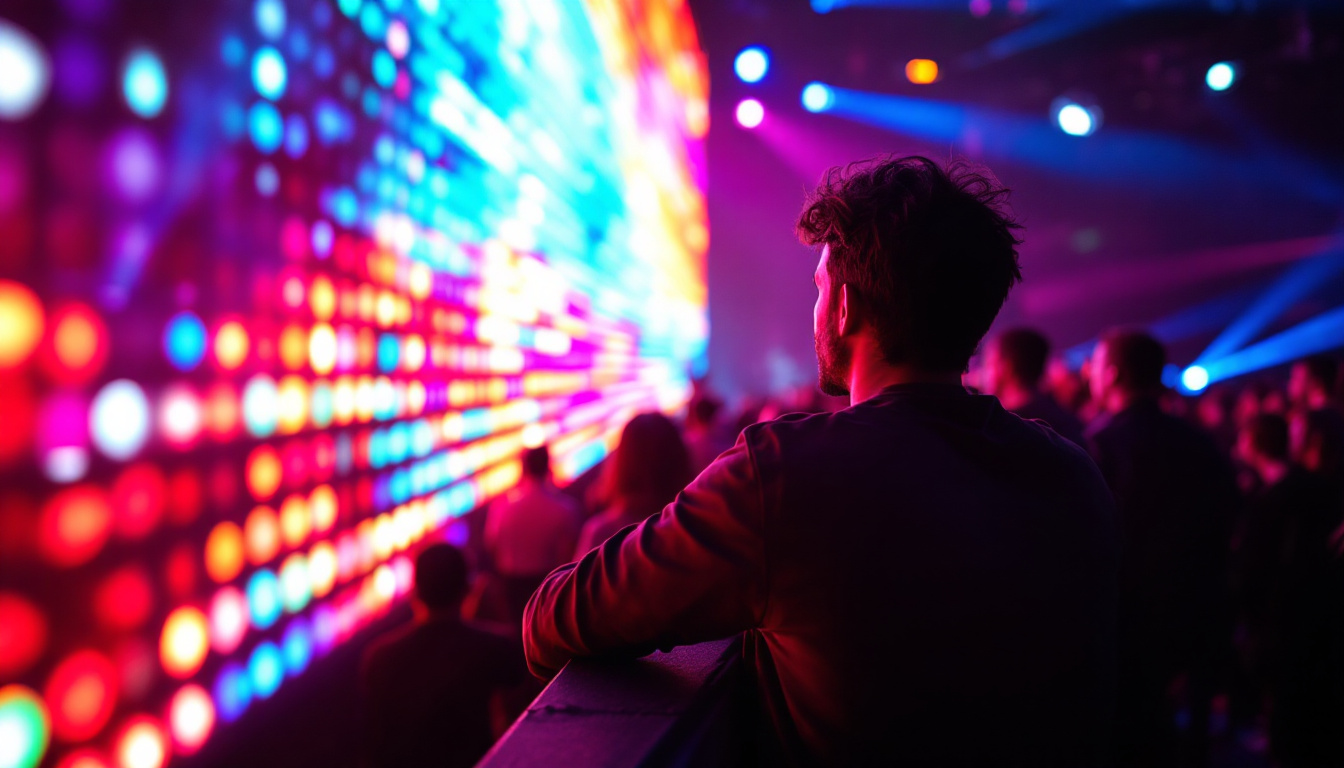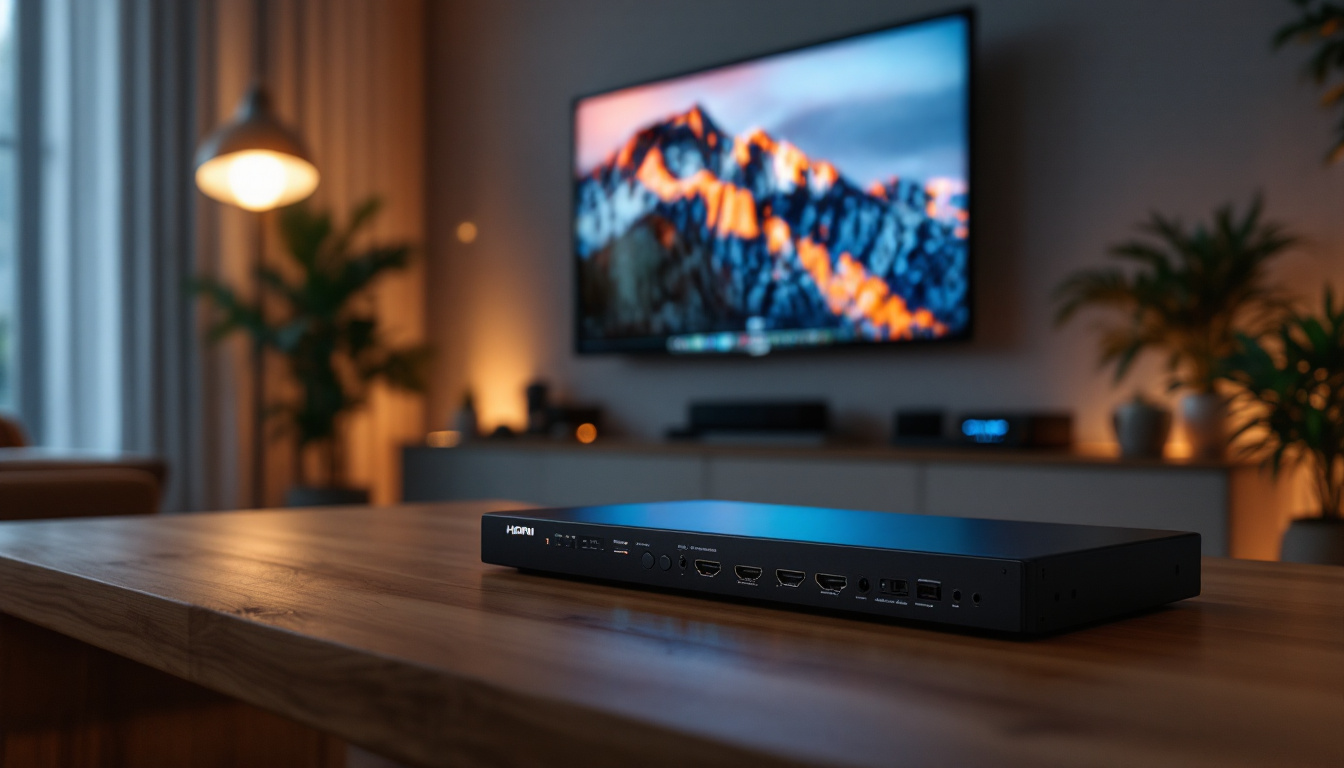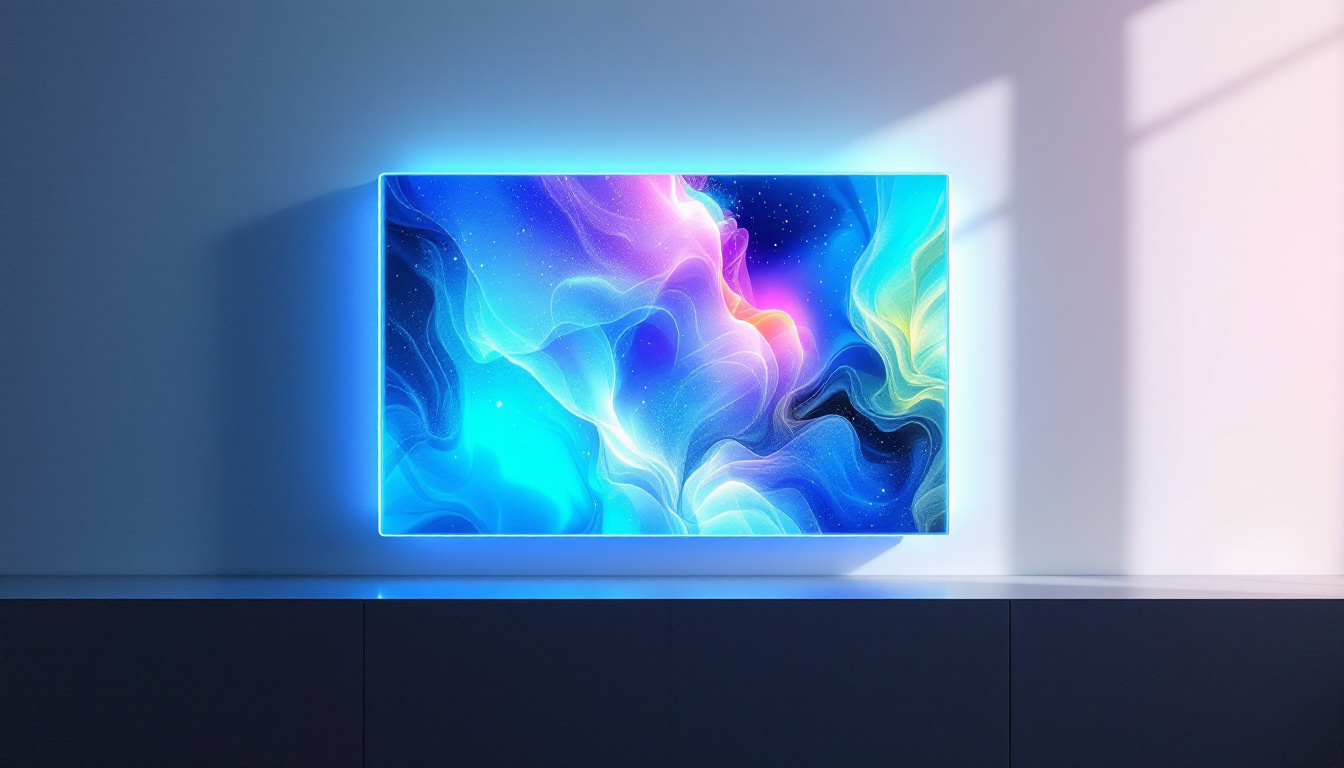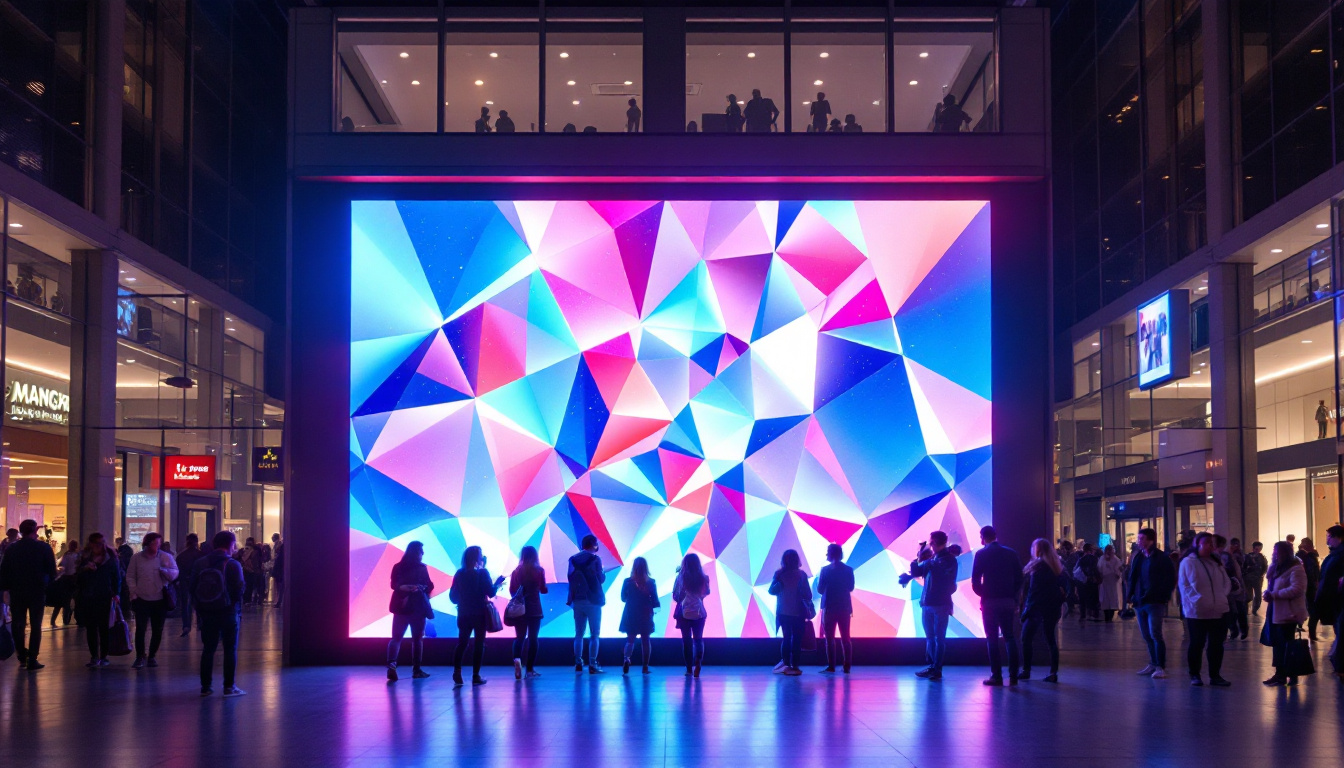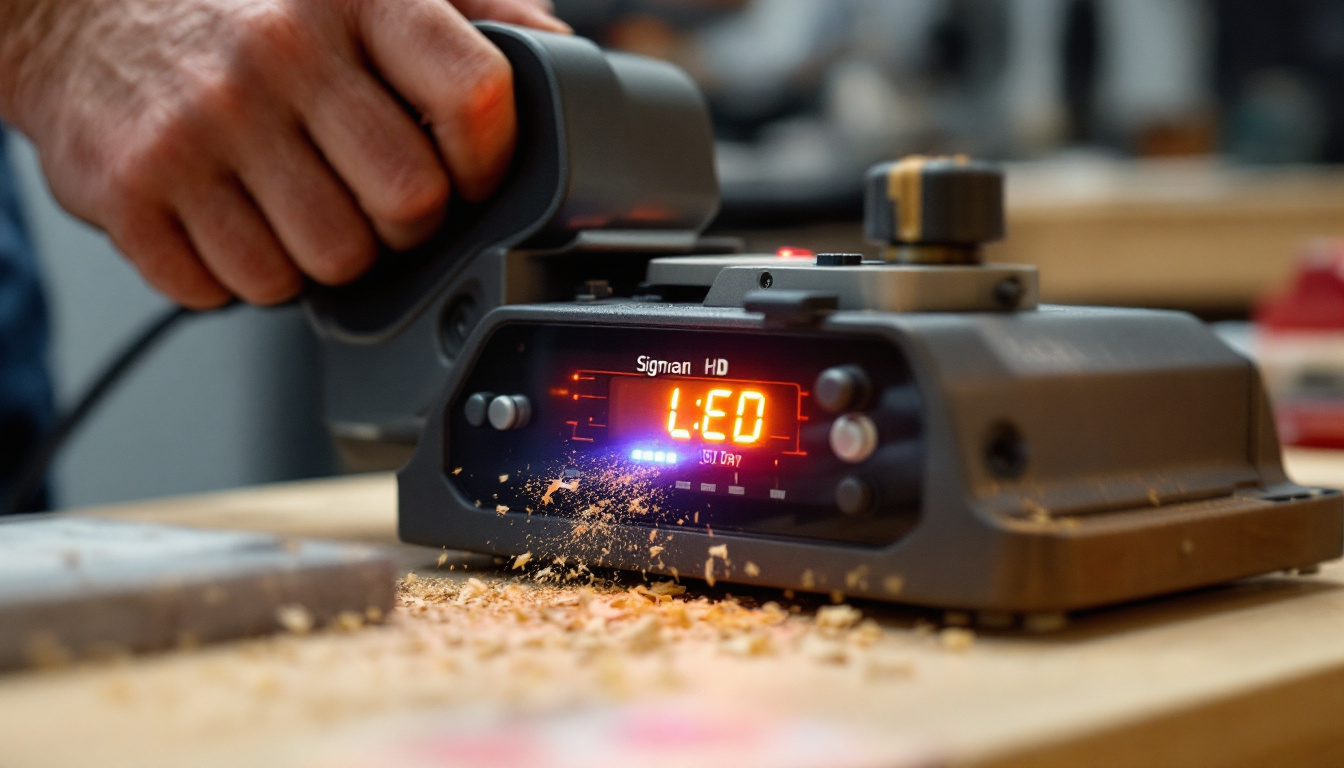Times Square, often referred to as “The Crossroads of the World,” is a vibrant hub of activity and a beacon of modern advertising. Among its many attractions, the 3D billboards have emerged as a significant highlight, captivating the attention of millions of visitors each year. These LED displays are not just advertisements; they are a fusion of art, technology, and marketing strategy that redefine how brands communicate with their audience. This article delves into the fascinating world of 3D billboards in Times Square, exploring their technology, impact, and future potential.
The Technology Behind 3D Billboards
Understanding LED Displays
At the heart of 3D billboards is LED (Light Emitting Diode) technology, which has revolutionized the advertising landscape. Unlike traditional billboards that rely on printed materials, LED displays utilize thousands of tiny diodes to create bright, colorful images that can be seen from great distances. The flexibility of LED technology allows for dynamic content that can change in real-time, making it ideal for high-traffic areas like Times Square.
LED displays are composed of multiple panels that work together to form a larger image. Each panel contains numerous individual LEDs that can be controlled to emit different colors and intensities. This capability enables the creation of stunning visuals that can simulate three-dimensional effects, drawing the eye and engaging viewers in a way that static images simply cannot. Furthermore, the energy efficiency of LED technology not only reduces operational costs but also minimizes the environmental impact, making it a sustainable choice for modern advertising.
3D Visual Effects
The magic of 3D billboards lies in their ability to create the illusion of depth. This is achieved through a combination of advanced visual techniques, including stereoscopic imagery and motion graphics. Stereoscopic images are designed to be viewed from specific angles, allowing the brain to perceive depth and dimension. When combined with motion graphics, these images can appear to leap off the screen, creating a truly immersive experience. The use of high-definition resolution further enhances these effects, ensuring that every detail is crisp and vibrant, captivating the audience’s attention.
For example, a 3D advertisement for a beverage might depict a bottle that appears to roll out of the screen, enticing viewers to reach out and grab it. This level of engagement not only captures attention but also enhances brand recall, making it a powerful tool for advertisers. Additionally, the integration of sound effects and interactive elements can further elevate the experience, allowing viewers to interact with the display through their smartphones or other devices, creating a two-way communication channel that deepens consumer connections with the brand. As technology continues to evolve, the possibilities for 3D billboards are expanding, paving the way for even more innovative advertising strategies that blur the lines between digital and physical experiences.
The Impact of 3D Billboards in Times Square
Captivating Audiences
Times Square is known for its bustling atmosphere, filled with tourists, locals, and performers. In such a vibrant environment, standing out is crucial for advertisers. 3D billboards have proven to be exceptionally effective in capturing the attention of passersby. The dynamic nature of these displays creates a spectacle that draws people in, often causing them to stop and take photos or videos.
This phenomenon has a ripple effect; as individuals share their experiences on social media, the reach of the advertisement expands exponentially. A single captivating 3D billboard can become a viral sensation, amplifying brand visibility far beyond the physical location. The sheer scale and creativity of these billboards often lead to spontaneous gatherings, where groups of people marvel at the technology, creating an impromptu community experience around the advertisement itself.
Enhancing Brand Experience
3D billboards do more than just promote products; they enhance the overall brand experience. By integrating storytelling elements into their displays, brands can create emotional connections with their audience. For instance, a campaign that showcases a brand’s history or values through a visually stunning 3D display can resonate deeply with viewers. These narratives can transform a simple advertisement into a memorable experience, inviting the audience to engage with the brand on a more personal level.
Moreover, brands can tailor their messages to align with current events or seasonal themes, making their advertisements feel timely and relevant. This adaptability is a significant advantage in the fast-paced world of advertising, where consumer preferences can shift rapidly. Seasonal campaigns, such as holiday-themed displays or summer promotions, can leverage the excitement of the moment, creating a sense of urgency and encouraging immediate consumer action. The interplay of creativity and context in these billboards can lead to a more profound impact on brand perception and loyalty.
Driving Sales and Engagement
The ultimate goal of any advertising campaign is to drive sales and engagement. 3D billboards have demonstrated a remarkable ability to influence consumer behavior. Studies have shown that dynamic, eye-catching advertisements can lead to increased foot traffic in stores and higher online engagement rates. The immersive experience provided by 3D technology captivates viewers, making them more likely to remember the brand and its message.
For example, a well-executed 3D billboard campaign can lead to a surge in website visits or social media interactions, translating into tangible sales increases. Brands that leverage this technology effectively can see a significant return on investment, making it a worthwhile consideration for any marketing strategy. Additionally, the interactive nature of some 3D billboards allows for real-time engagement, where viewers can participate in contests or promotions directly through their smartphones, further enhancing the connection between the consumer and the brand. This level of engagement not only boosts immediate sales but also fosters long-term customer relationships, as consumers feel more involved and invested in the brand’s journey.
Challenges and Considerations
Cost of Implementation
While the benefits of 3D billboards are clear, the cost of implementation can be a significant barrier for many brands. High-quality LED displays require substantial investment, not only in the technology itself but also in the creative design and ongoing maintenance. This can make it challenging for smaller businesses to compete in the high-stakes environment of Times Square.
However, as technology advances and becomes more accessible, the cost of creating 3D billboards is expected to decrease. This could open the door for a wider range of businesses to participate in this innovative advertising medium, fostering a more diverse and competitive landscape.
Regulatory Considerations
Another challenge associated with 3D billboards is navigating the regulatory landscape. Times Square is subject to strict advertising regulations, which can vary by location and time of year. Advertisers must ensure that their displays comply with local laws, including restrictions on brightness, content, and duration of displays.
Failure to adhere to these regulations can result in fines or removal of the advertisement, making it essential for brands to work closely with local authorities and legal experts when planning their campaigns.
Environmental Impact
As with any technology, the environmental impact of 3D billboards is a growing concern. LED displays are generally more energy-efficient than traditional lighting, but their widespread use still contributes to energy consumption and electronic waste. Brands are increasingly being held accountable for their environmental footprint, prompting many to seek sustainable solutions.
Innovations in solar-powered LED technology and energy-efficient designs are emerging as viable options for brands looking to reduce their impact. By prioritizing sustainability, advertisers can not only comply with regulations but also appeal to environmentally-conscious consumers.
The Future of 3D Billboards
Technological Advancements
The future of 3D billboards is bright, with ongoing technological advancements poised to enhance their capabilities further. Innovations such as augmented reality (AR) and virtual reality (VR) are beginning to make their way into the advertising space, offering even more immersive experiences for viewers.
Imagine walking through Times Square and interacting with a 3D billboard that allows you to virtually try on clothes or see how a new car would look in your driveway. These experiences not only engage consumers but also provide valuable data for brands, allowing them to tailor their offerings more effectively.
Integration with Digital Marketing Strategies
As digital marketing continues to evolve, the integration of 3D billboards into broader marketing strategies will become increasingly important. Brands will need to consider how their billboard campaigns fit into their overall digital presence, including social media, websites, and email marketing.
By creating cohesive campaigns that leverage the strengths of each medium, brands can maximize their reach and impact. For instance, a 3D billboard could direct viewers to a social media campaign, encouraging them to share their experiences and engage with the brand online.
Global Expansion
While Times Square is the most iconic location for 3D billboards, the trend is beginning to expand globally. Major cities around the world are adopting similar technologies to enhance their advertising landscapes. As urban areas continue to grow and evolve, the demand for innovative advertising solutions will likely increase.
Brands that embrace this trend early on can establish themselves as leaders in their respective markets, setting the stage for future growth and success. The global expansion of 3D billboards presents a unique opportunity for brands to connect with diverse audiences in exciting new ways.
Conclusion
3D billboards in Times Square represent a remarkable convergence of technology, creativity, and marketing strategy. As these displays continue to evolve, they offer brands an unparalleled opportunity to engage with consumers in a dynamic and memorable way. While challenges remain, the potential for growth and innovation in this space is immense.
As advertisers look to the future, embracing the possibilities of 3D billboards will be essential for staying competitive in an ever-changing landscape. By leveraging the latest technologies and integrating their campaigns with broader digital strategies, brands can ensure they remain at the forefront of this exciting advertising frontier.
Discover the Future of Advertising with LumenMatrix
Ready to take your brand’s visibility to the next level in the bustling heart of Times Square and beyond? LumenMatrix is at the forefront of LED display innovation, offering a wide array of solutions that bring your advertising to life. From Indoor and Outdoor LED Wall Displays to specialized options like Vehicle, Sports, and Floor LED Displays, our technology is designed to captivate and engage audiences like never before. Embrace the future of visual communication with our Custom, All-in-One, and Transparent LED Displays. Check out LumenMatrix LED Display Solutions today and transform your brand’s message into an unforgettable visual experience.

